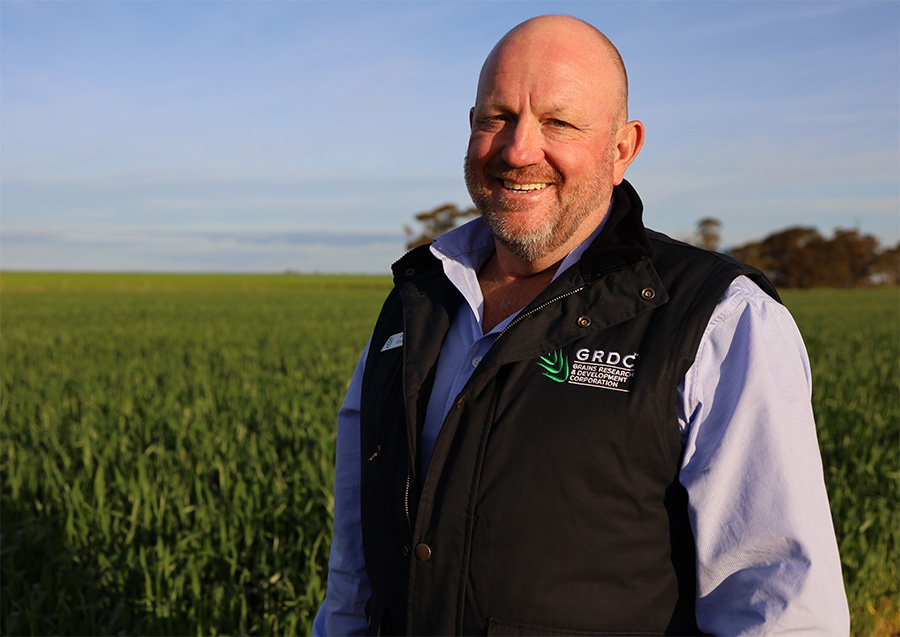Australian grain growers will maintain access to wheat varieties with strong resistance to rust and be able to rely less on agricultural chemicals thanks to new research into the genetic control of rusts.
The Grains Research and Development Corporation (GRDC) has invested in six new rust research projects. Partners include CSIRO, Digital Garden and the University of Sydney.
GRDC Manager Wheat Disease and Quality Shiwangni Rao said rust diseases pose a persistent threat to cereal production.
"Growers across Australia consistently identify rust as a major challenge that significantly affects yield and profitability," she said.
"To address this issue, GRDC has made strategic investments in rust research."
These new investments will:
- benchmark resistance levels in Australian cultivars
- monitor resistance breakdown and potential incursions of exotic rust isolates nationally
- better understand pathogen epidemiology
- identify novel genetic resistance.
"We have built a strong foundation of knowledge, enabling us to deliver targeted resistance to breeders," said Ms Rao.
"Plus, we're exploring emerging solutions like gene editing to future-proof resistance.
This ongoing commitment ensures growers have access to sustainable, long-term solutions to manage rust, thereby reinforcing the value of research in safeguarding wheat production.
University of Sydney Director of Cereal Rust Research Professor Robert Park described the ongoing battle against cereal rusts as an 'arms race'. This is because disease pathogens constantly evolve, and genetic controls constantly improve.
Professor Park leads national monitoring of cereal rust pathogens and two of the new investments. One will optimise genetic control of wheat rusts through high-value gene resistance combinations. The other will improve phenotyping.
He said genetic resistance to rusts saves the Australian grains industry about $1 billion annually.
"The high-value gene resistance combinations project will help us to identify genetics of high value from around the world - those imparting durable genetic resistance to rust - and the best way of combining those genes so they can be deployed in future varieties to prevent yield loss from infection," he said.
"The phenotyping project will help us to improve the efficiency of genetic screening to better identify rust resistance in different cereal lines.
"We already have a high-throughput system for testing materials - we conduct hundreds of thousands of tests every year - but through this project we are trying to push this efficiency even further."
Victorian grower and GRDC Southern Panel Chair Andrew Russell said varietal resistance to diseases like rusts was important for growers to remain sustainable both environmentally and economically.

North-east Victorian grower and GRDC Southern Panel Chair Andrew Russell said strong varietal resistance to important disease like rusts was important for growers to remain sustainable both environmentally and economically. Photo: Sophie Clayton, GRDC
"Now more than ever, we as growers are relying on genetics to help us fight the good fight against rust and become less reliant on chemical control," he said.
"It is front-of-mind for us to reduce input costs wherever we can and to try to get away from prophylactic spraying. Having a better disease profile in a crop variety is the difference between us having to spray and not having to spray.
"It's not just the cost of chemical we're saving on, but also the cost of operating the machinery which is significant. Strong genetic resistance will help us to reduce or delay the onset of fungicide resistance, which is important in the long-term."
The new research investments complement existing rust research as part of the Australian Cereal Rust Control Program. Earlier this year the Australian Cereal Rust Control Program web site was published. It provides Australian breeders and the research community with a source of current and accurate information about genetic resources for use in breeding to improve rust resistance.






